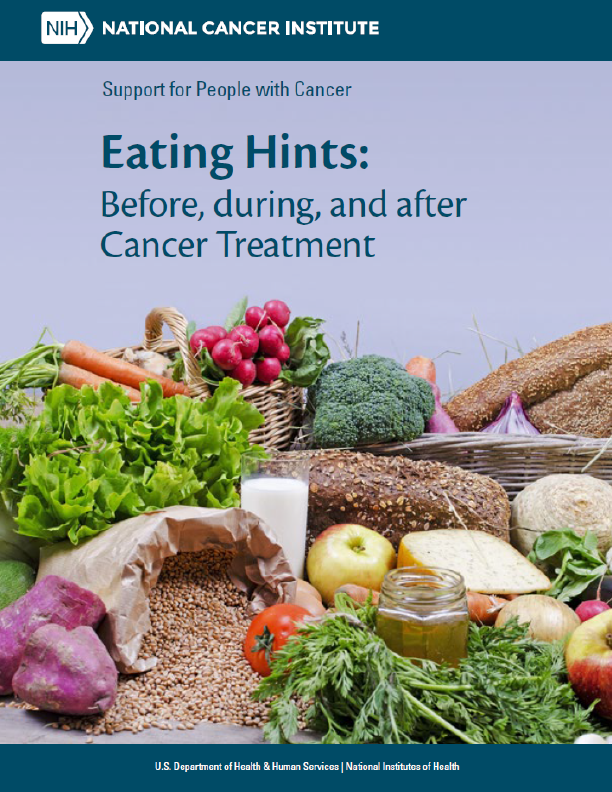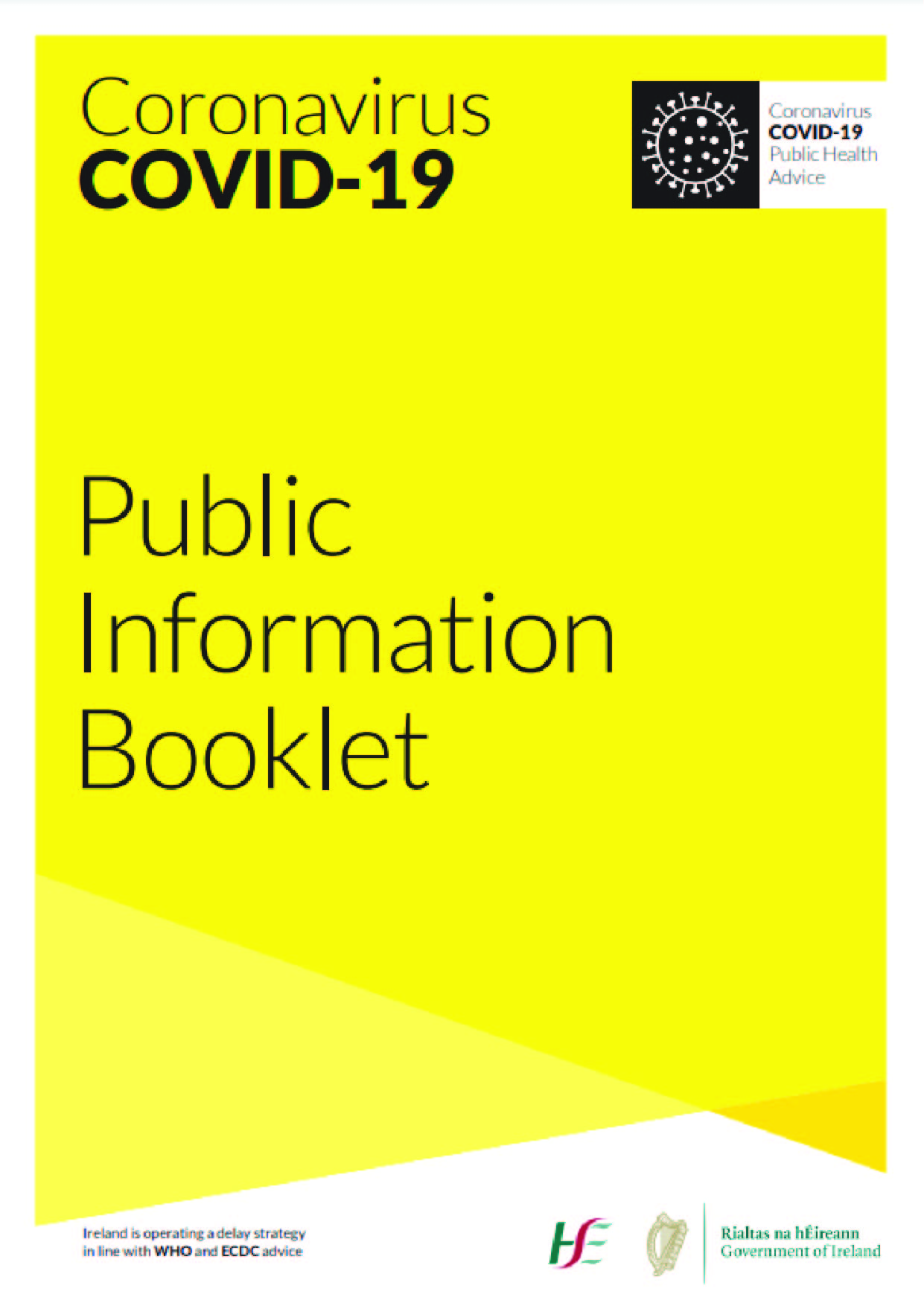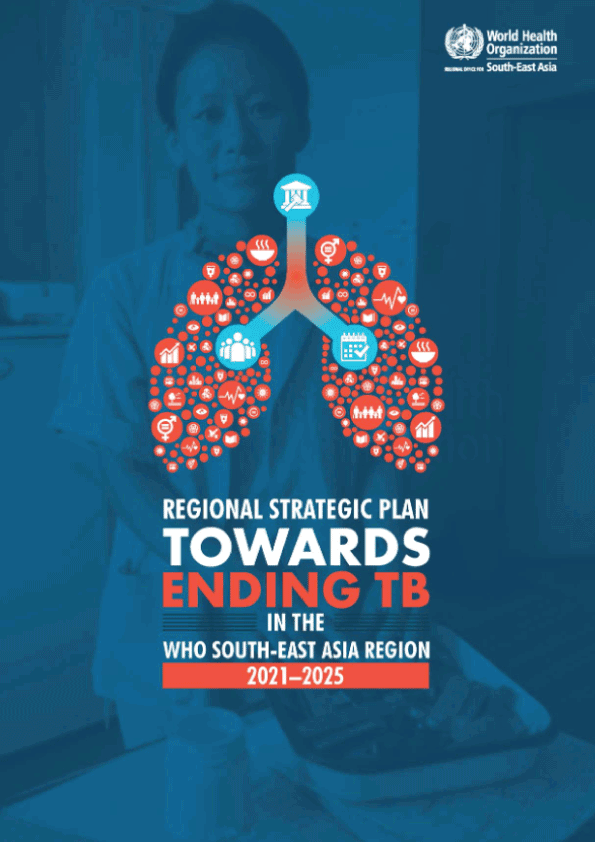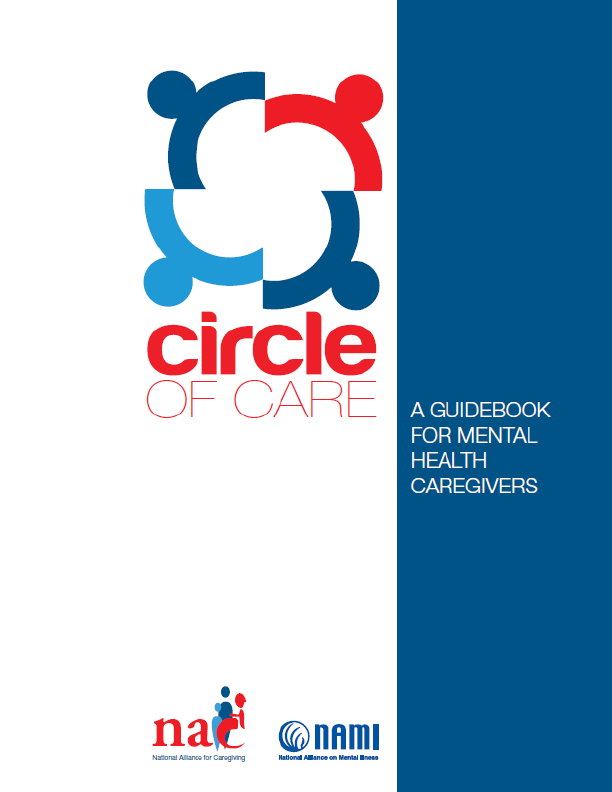Tourism is one of the sectors most affected by the COVID-19 pandemic. Indeed, the number of international tourist arrivals declined by 84 per cent between March and December 2020 compared with the previous year, according to data observed by UNWTO. Based on a range of tourist arrivals’ projections, the report quantifies the potential economic effects of the contraction in tourism in 2021. The indirect effects are significant. Due to linkages with upstream sectors such as agriculture, a drop in tourist sales leads to a 2.5-fold loss in real GDP, on average, in the absence of any stimulus measures. Based on three scenarios, one optimistic, one pessimistic and one where the asymmetric speed of vaccinations is considered, the economic losses could range between $1.7 trillion and $2.4 trillion in 2021. The results highlight the importance of the vaccine rollout in getting global tourism restarted and other mitigating measures.
The COVID-19 pandemic has been a health and economic crisis with devastating effects on developing countries, especially those dependent on tourism. As governments have attempted to protect their populations, lockdowns, quarantines, and major restrictions on national and international mobility were implemented. This, coupled with the decision of consumers to limit international travel resulted in a sharp contraction for the tourism sector with severe economic consequences, particularly on countries that rely on the sector. The number of international tourist arrivals declined by 74 per cent in 2020 compared with the previous year (UNWTO Tourism Dashboard). In many developing countries, arrivals were down by 80-90 per cent. The beginning of the year 2021 has been worse for most destinations, with an average global decline of 88 per cent as compared to pre-pandemic level, although the northern summer and autumn may see a significant improvement for some destinations, in particular for domestic and regional travel. The indirect effects of this decline are even more devastating, as labour and capital remain unused and the lack of demand for intermediate goods and services has a negative upstream effect into many sectors. This note attempts to quantify these effects and shows how the rollout of vaccines may affect these estimates.
Diverse impacts
The COVID-19 virus has so far – by June 2021 – infected 179 million people globally and contributed to 3.9 million deaths (WHO, 2021). After abating somewhat in February and March, 2021 daily cases increased to almost one million a day and still amount to 400,000 per day. Vaccine doses administered are approaching 2.4 billion. Vaccinations appear to have slowed the spread in some countries, such as Israel, the United Kingdom, and the United States of America. In most developing countries, access to and distribution of vaccines is a limiting factor, and the virus continues to spread at an alarming rate in India, Brazil, and in many countries where tourism is important for people’s livelihood such as Maldives and Seychelles. On the other hand, other countries where tourism is an important sector such as Thailand, Morocco, and Barbados, appear to have done well in controlling the spread.
A shot in the arm
Vaccines are a critical part of the solution, albeit with considerable uncertainty, even once access and distribution problems are overcome. While effective at limiting severe cases and deaths from the virus, so far it is not clear that current vaccination efforts completely halt the spread of infection. There are people who are reluctant to receive the vaccine, as they fear adverse short or long term effects. In addition, people who have had the vaccine may take less care with other preventative measures, and therefore expose themselves and others. Fears that vaccinations will be less effective against new variants of COVID-19 add another layer of concern. However, a major challenge currently is the uneven availability of vaccinations and the low number of vaccinated people in many countries. Given these constraints, it is unlikely that tourism will bounce back to its prepandemic levels within a year or two.
Staying home
The United Nations World Tourism Organization (UNWTO) reports that almost all countries have implemented travel restrictions of one sort or another, such as travel bans, visa controls and quarantines (UNWTO 2020). As a result, international tourism was almost totally suspended in April and May of 2020. Inbound tourist arrivals declined 74 per cent between January and December 2020, about 1 billion trips. However, if the pre-COVID months of January and February 2020 are excluded, the fall in arrivals amounts to 84 per cent.
The most affected regions are North-East Asia, South-East Asia, Oceania, North Africa and South Asia. Least affected regions are North America, Western Europe and the Caribbean. This shows that the greatest impact has fallen on developing countries. The reduction in tourist arrivals across developing nations is relatively consistent, mostly between 60 and 80 per cent.











